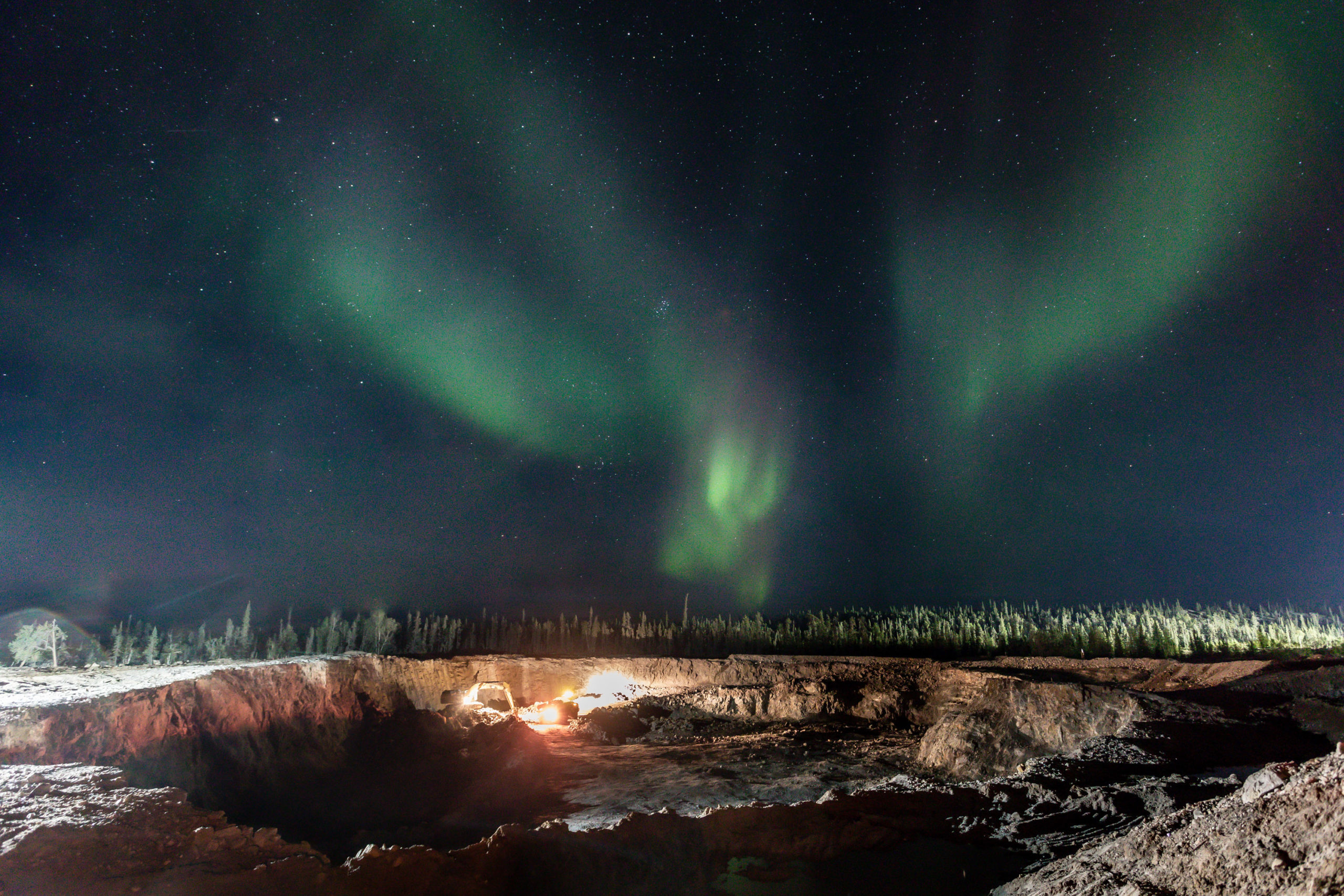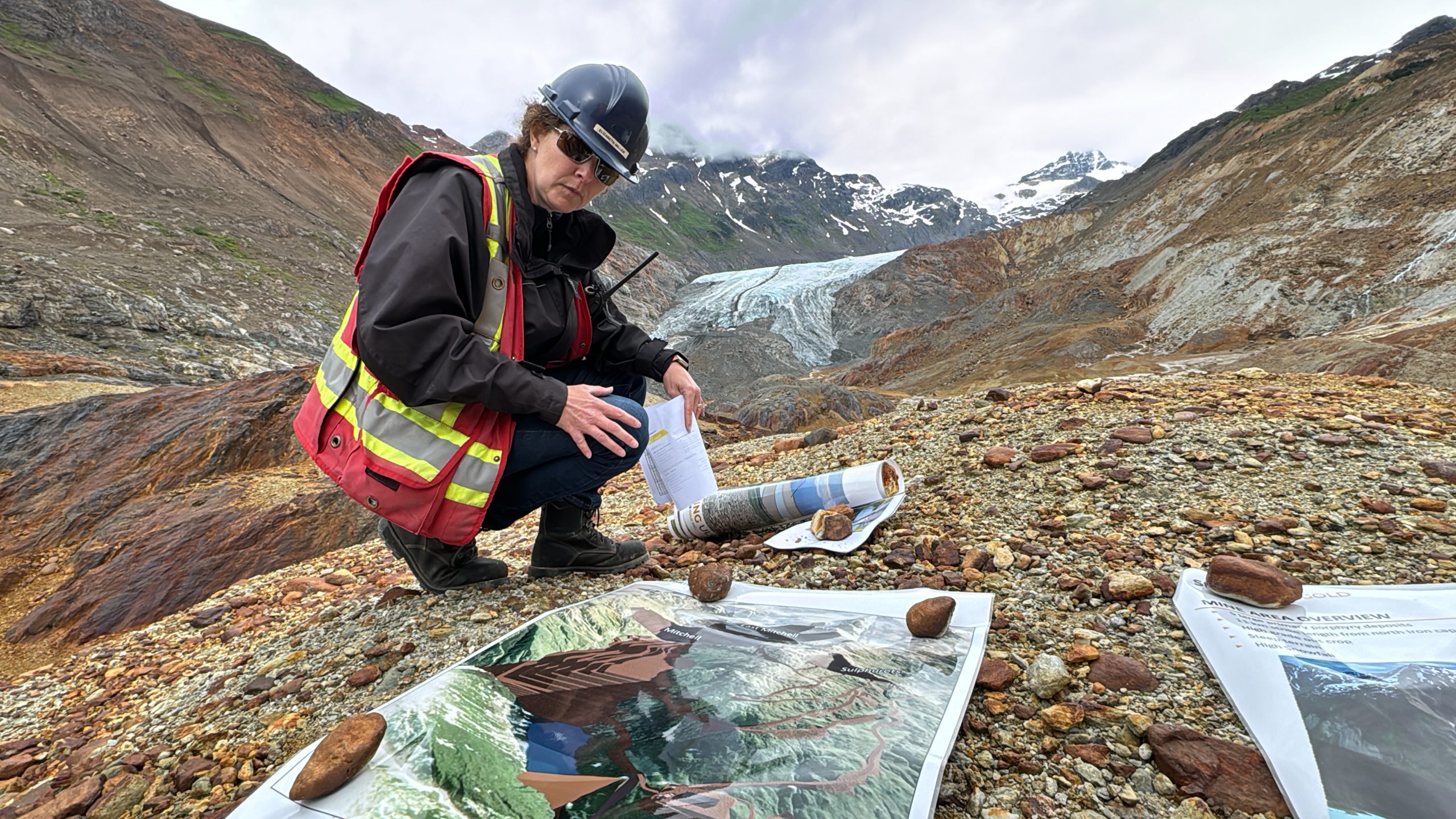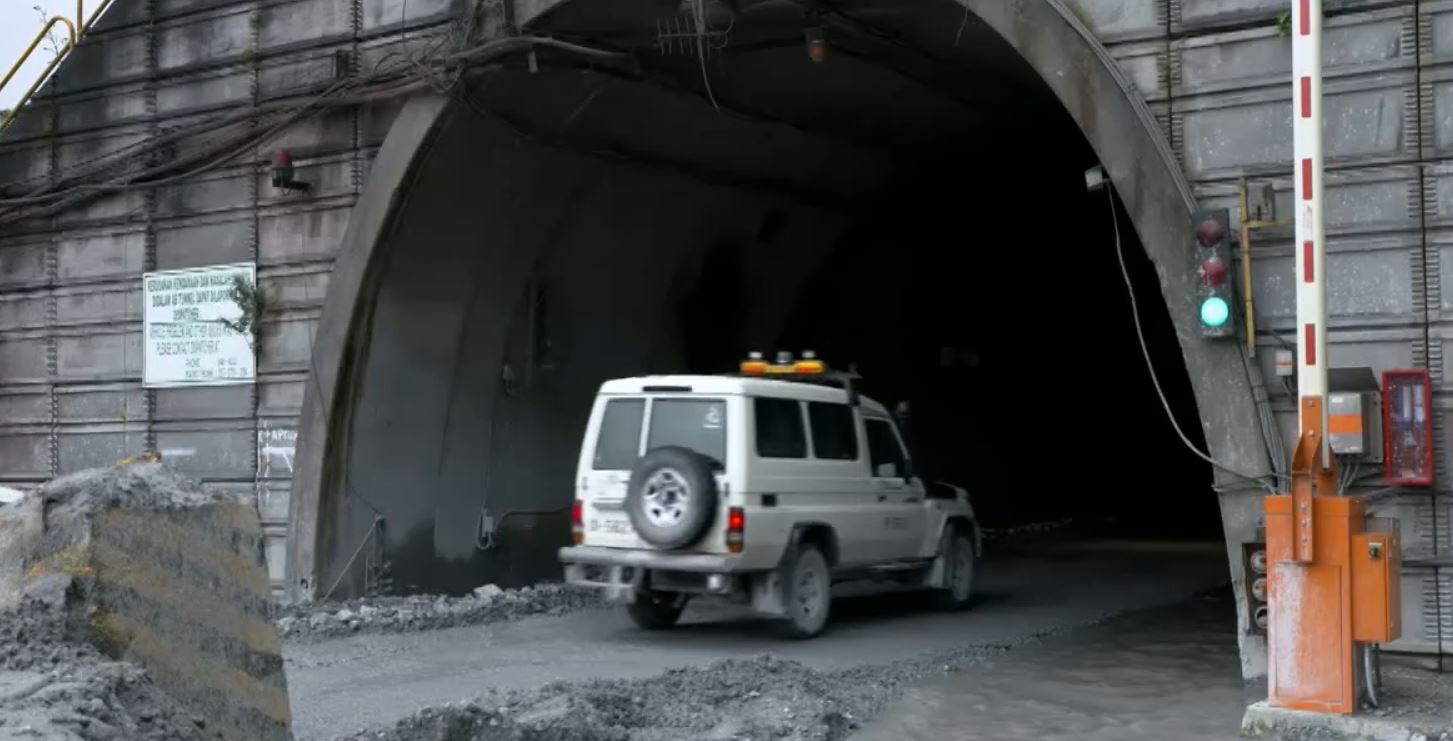Antofagasta noted the introduction of a series of initiatives, including a pilot project that has been supplying green hydrogen to a forklift at a waste facility in Chile for the past three months, has allowed it to achieve a 580,000-tonne emissions cut between 2018 and 2020.
The figure is well above the original goal of reducing both its Scope 1 and Scope 2 emissions by 300,000 tonnes by 2022.
“Copper will be a key enabler of a modern low carbon economy and it’s essential we work with all our stakeholders to produce it in a sustainable and responsible way,” chief executive Iván Arriagada said in the statement.
The company took a further step on that direction in November, by vowing to adhere to the Copper Mark, a global standard that aims to hold the industry accountable to sensible practices.
Also last year, its Zaldivar mine became the first of the group’s operations, and the first in Chile, to use 100% renewable energy. By the end of 2020, 19.4% of the division’s energy came from renewable sources, Antofagasta said.
Zaldivar, a 50-50 joint venture with Canada’s Barrick Gold, will be followed by Antucoya, Centinela and the group’s flagship mine Los Pelambres.
Antofagasta said it expects to have its entire mining division’s power consumption coming from renewable sources by the end of 2022.
Ahead of the curve
The miner’s net zero pledge is in line with Chile’s national target. State-controlled copper giant Codelco committed in December to cutting carbon emissions by 70% by 2030.
Kinross Gold (NYSE: KGC) (TSX: K), which operates La Coipa and Maricunga in the South American country, announced plans on Tuesday to be carbon neutral by 2050, an ambition shared by other gold miners Newmont and Barrick Gold.
Of the major industrial miners, Codelco and Antofagasta are ahead of the curve with their targets.
Rio Tinto (ASX, LON, NYSE: RIO), the world’s second largest mining company, has disappointed with its plan to reduce Scope 1 and 2 emissions by just 15% by 2030, compared to 2018 levels.
The company has yet to set a target to reduce scope 3 emissions, as it argues it is nearly impossible to control how steelmakers use the iron ore it provides them.
World’s no.1 miner BHP (ASX, LON, NYSE: BHP) has targeted a 30% cut in operational emissions by 2030, and has also committed to net zero by 2050.




